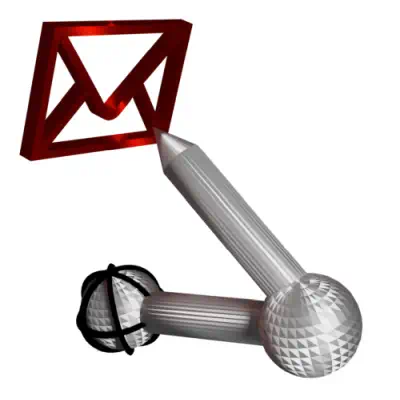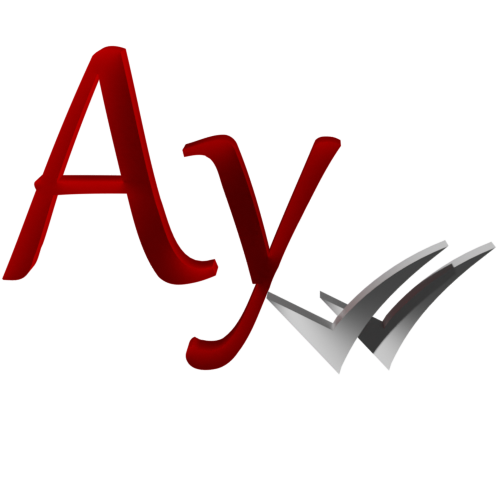AyMINE – Technical documentation
Modules
Integration with ERP Abra Gen
 Task, project & quality management
Task, project & quality management
Manager approval with the task report
Why some data can't be deleted
GDPR and record of qualifications
Qualification of user or contact
Right to Manage Qualifications
Adminitration of areas, projects, calendars
Failure Analysis for an Individual Property of a Component or Process
FMEA – Probability of Detection
FMEA – Probability of Occurrence
 Task, project & quality management
Task, project & quality management
Administration of the Task Management Module
System rights for the task management module
Improvements and Preventive Measures
Methodology and Quality Management systems
What makes up the methodology / SMJ
Problems, tickets and their management
Collaborative Resolution of Multiple Problems
Customer Service Response Generation
Incident and Quality Issue Management
Objects affected by the problem
Problems, Incidents, Helpdesk Tickets
Return project plan by baseline
Sample tasks and methodologies of the area
Effect of the task on the right to modify the attached object
The person responsible for the task
Working procedure – task definition
Management of responsibilities - RACI Matrix
Objects related to the task pattern
 Contacts and directories module (CRM)
Contacts and directories module (CRM)
Address book list and management
Directory or people and companies
Order overview for customer groups
 Contacts and directories module (CRM)
Contacts and directories module (CRM)
System Permissions and CRM Module Settings
Send bulk messages in compliance with GDPR
How to correctly forget a person's details
Unsubscribe and set preferences
for bulk mail
 Web management and automation
Web management and automation
Receiving a message from the web
Human resources
Personalistics – User Permissions and roles
Human Resources module security
Manage department / division data
Overview of Personnel Information for pracov# Employment Contract
Synchronizing staff and system users
 Products, assets and sales
Products, assets and sales
Creating and processing orders
Manage the Property & Business module
Why are the Quality criteria usefull
Managing Finance
Metrics and Measurements
Work summaries from generated data
Technical Modules
Sabre plugin module
Enterprise Architect connector
Database link to Enterprise Architect database
Enterprise Architect connector
System Modules
 The AyMINE Framework Module
The AyMINE Framework Module
AyMINE — Tips for Mobile Usage
Configure how your system looks and works
Gestures and Keyboard Shortcuts
More about how the system works
Private notes and tags for objects
Overview of Modules and Record Types
 Events
Events 
Actions are any events that take place, except for deliberations that have support in a special object.
An event can be an informal meeting, a company-wide party for your company, or even an event that your company does as a commission for a customer.
Event Process
You create an event to make it possible:
- Prepare an invitation
- Invite attendees.
- Create a team of people to participate in the event.
- Manage the preparation and execution of the event
The event has its own workspace where it can manage the requirements, tasks and decisions related to the event and thus prepare the whole event like a small project.
Who sees the event
Actions – like other objects in an area – are generally visible to people who can look at the area or project data (they can open the workbench). If you want others from your company to see the event, add them as invited participants. They will then see it on their workbench between events.
The public event flag is to indicate events that are for the public or conducted in public. It does not mean that the event invitation has been posted somewhere.
Event status
By default, an event is created in the active state, so it is immediately visible to anyone you include as an invitee. If you want to prepare the event, e.g. prepare a description and invitation, prepare a list of attendees and discuss it with someone before you publish the event, set the event status to
in preparation. While the event is in this state, it will not appear on anyone's desk. The event will also stop appearing after it has finished.
 In progress
In progress
Currently it is not possible to include or invite people from the mailing list (external entities) to the event. This feature is under development.
Inviting external people
An event can also be, for example, a conference or a marketing presentation to which you invite participants. AyMINE allows you to select participants and include them among the invitees. AyMINE is not, and has no plans to become in the foreseeable future, a tool that can be used to send out invitations en masse; specialized tools that allow the preparation and distribution of a letter are more suitable for this.
AyMINE will allow to generate a list of email addresses of invited participants for use in another application, e.g. the popular mailchimp.